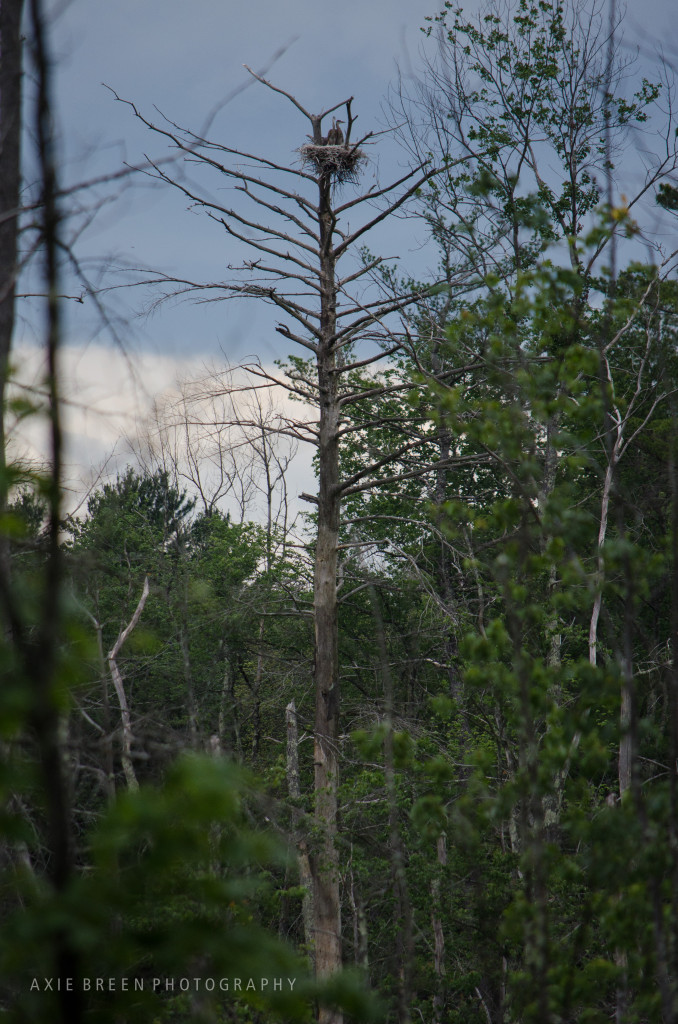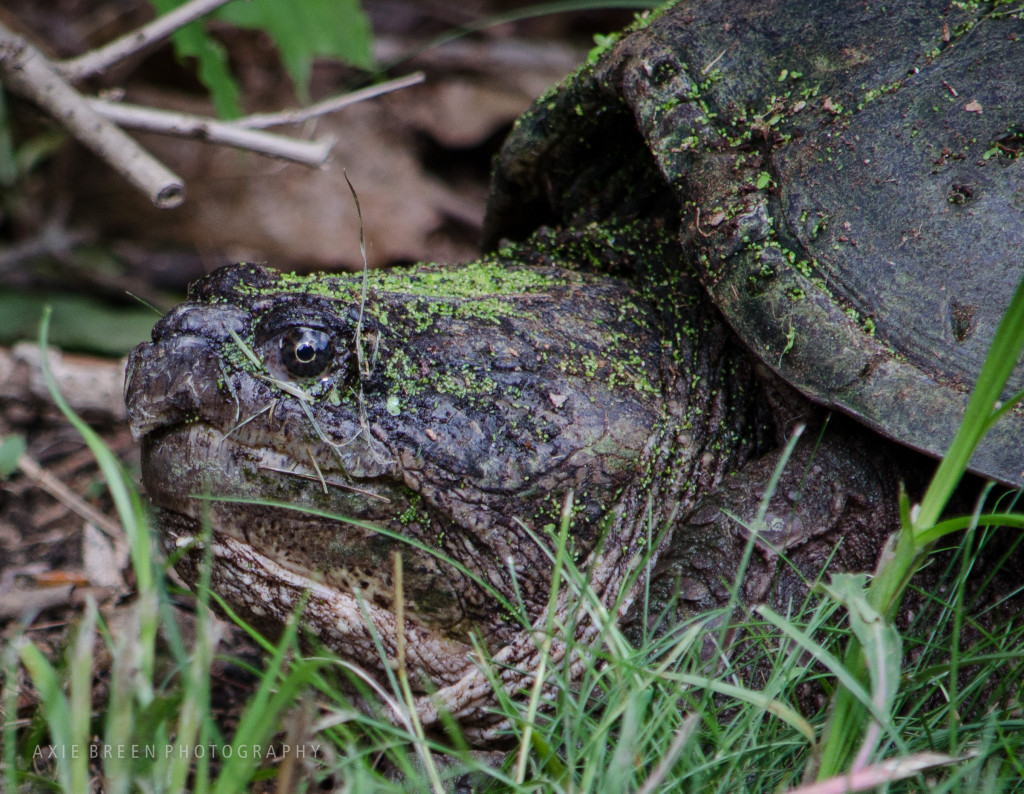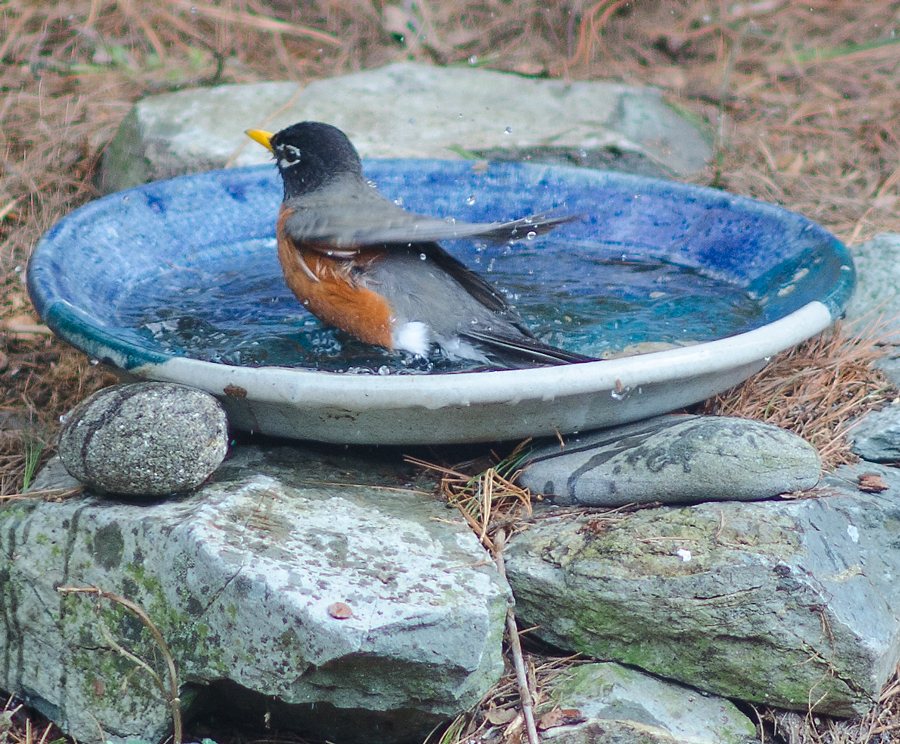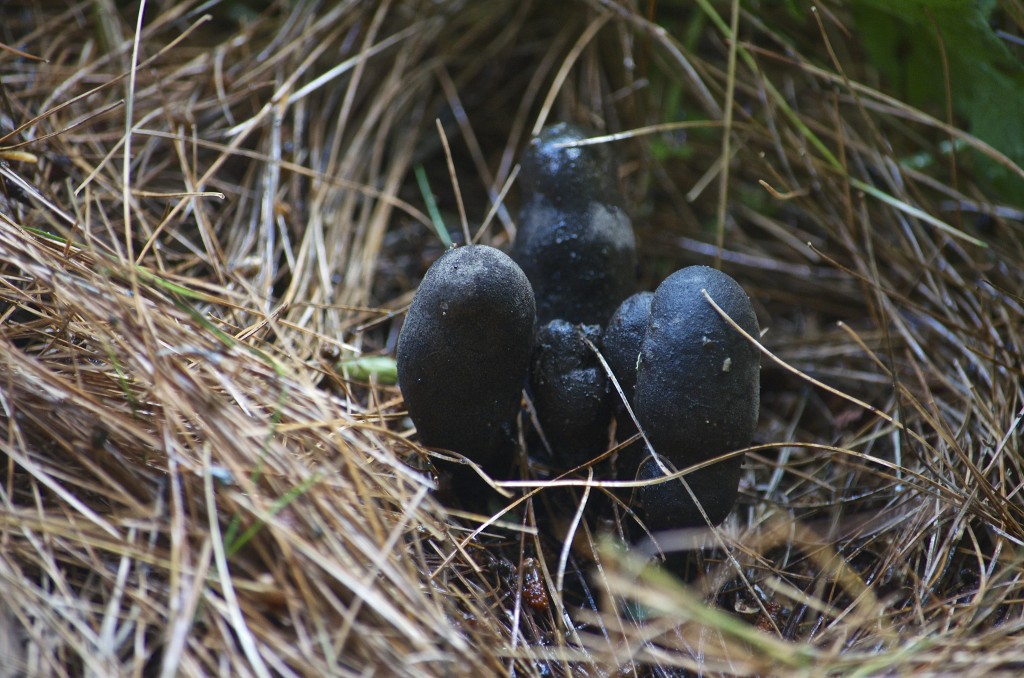I wondered how this heron nest could possibly weather the severe winter we had, but I was glad to see it still there and occupied this spring. I believe these are the young ones, looking a bit like bowling pins til they turned their heads…
Herons lay 2-6 eggs in a clutch, in March and April. The eggs incubate about a month. Then they fledge when they’re about two months old. They still come back to visit for a few weeks.





